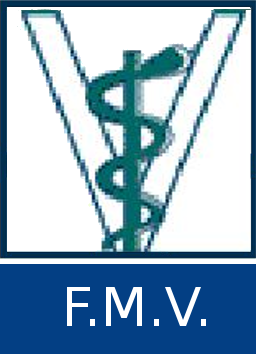Les Sarcoïdes équins, étiologie et pathogenèse, revue de la littérature
Devun, Cécile 
Promoteur(s) :
Salciccia, Alexandra 
Date de soutenance : 29-jui-2023 • URL permanente : http://hdl.handle.net/2268.2/17979
Détails
| Titre : | Les Sarcoïdes équins, étiologie et pathogenèse, revue de la littérature |
| Titre traduit : | [en] Equine sarcoids, aetiology and pathogenesis, literature review |
| Auteur : | Devun, Cécile 
|
| Date de soutenance : | 29-jui-2023 |
| Promoteur(s) : | Salciccia, Alexandra 
|
| Membre(s) du jury : | Fraipont, Audrey 
Sandersen, Charlotte 
|
| Langue : | Français |
| Nombre de pages : | 34 |
| Mots-clés : | [en] equine sarcoids [en] aetiology [en] pathogenesis [en] prédispositions |
| Discipline(s) : | Sciences du vivant > Médecine vétérinaire & santé animale |
| Public cible : | Professionnels du domaine Etudiants Grand public |
| Institution(s) : | Université de Liège, Liège, Belgique |
| Diplôme : | Master en médecine vétérinaire |
| Faculté : | Mémoires de la Faculté de Médecine Vétérinaire |
Résumé
[en] Bovine papillomaviruses 1 and 2, indisputably recognised as the aetiological agents of equine sarcoids today, belong to a large family, the papillomaviridae. This is one of the oldest and largest viral families. The deltapapillomaviruses, the genus to which bovine papillomaviruses 1 and 2 belong, have a number of unique characteristics that set them apart from the rest of the papillomaviridae. These characteristics include the possibility of cross-infection between species and their viral cycle, which is closely linked to the stage of differentiation of the host cell in which they are found. The scientific literature to date provides increasing evidence in favour of the production of new virions in the case of equine sarcoids. However, we still need to confirm this by identifying them. This would be a strong argument in favour of intra-specific transmission.
It seems likely that co-grazing with cattle that have suffered from papillomas in the preceding months, or staying in a place where a bovine with papillomas has resided in the preceding days, increases the risk of a horse becoming a carrier of the bovine papillomavirus, following direct or indirect contamination. The latter can occur via equipment, the environment or insect vectors. Some authors also mention the possibility of vertical transmission via semen, blood or placenta, but the impact of this on the risk of developing sarcoid has not yet been proven.
The presence of the virus alone is not a sufficient condition for the development of sarcoid in equids. Skin trauma in a healthy carrier encourages the development of sarcoid. As far as risk factors are concerned, in addition to skin lesions, several have been the subject of study, such as: breed, coat, gender, age and genetic capital, only the latter of which has been recognised as also having a significant effect on the risk of developing sarcoid.
Fichier(s)
Document(s)

 DEVUN_Cécile_TFE_FMV_juin2023_définitif.pdf
DEVUN_Cécile_TFE_FMV_juin2023_définitif.pdf
Description:
Taille: 1.74 MB
Format: Adobe PDF
Citer ce mémoire
L'Université de Liège ne garantit pas la qualité scientifique de ces travaux d'étudiants ni l'exactitude de l'ensemble des informations qu'ils contiennent.


 Master Thesis Online
Master Thesis Online




